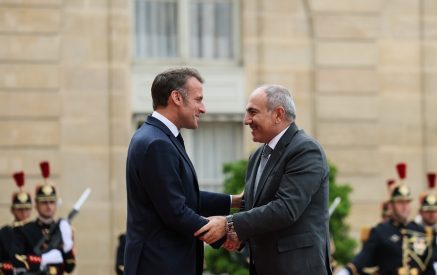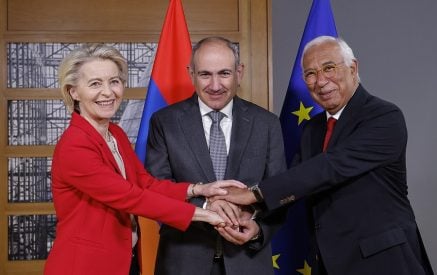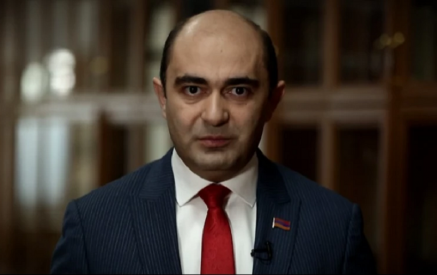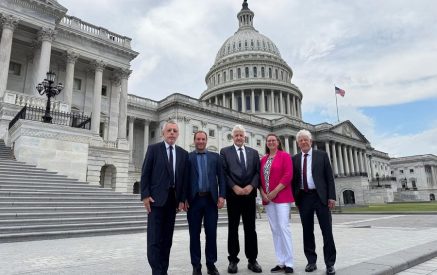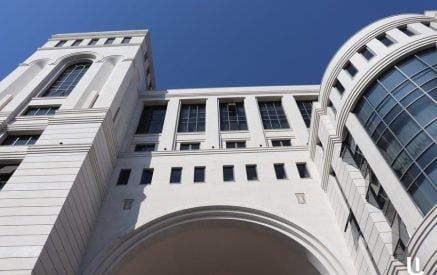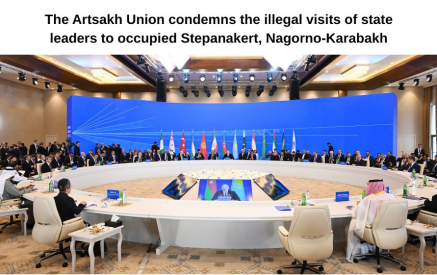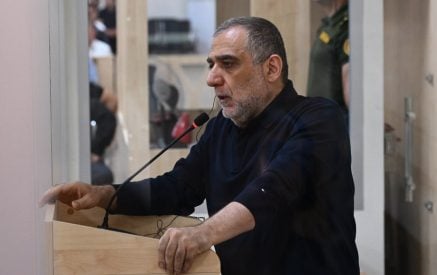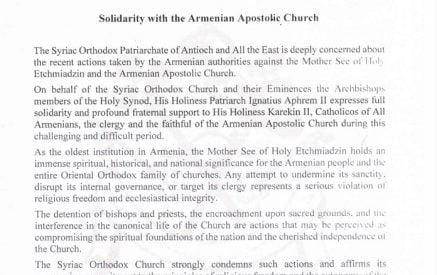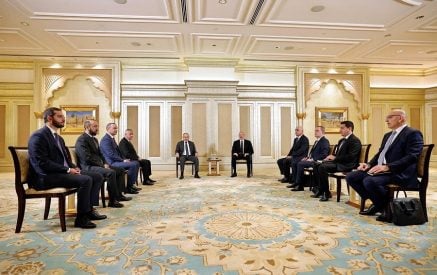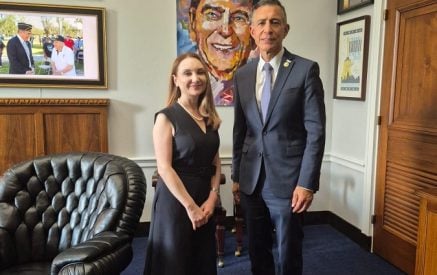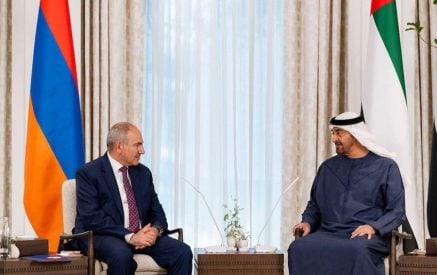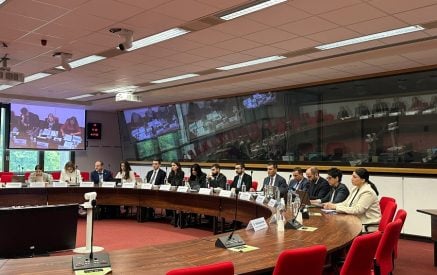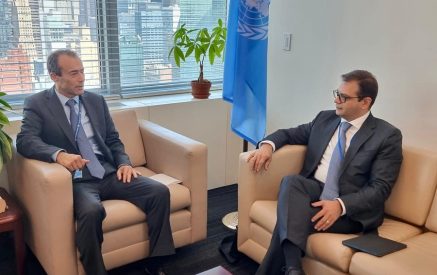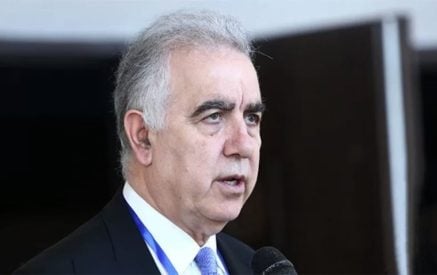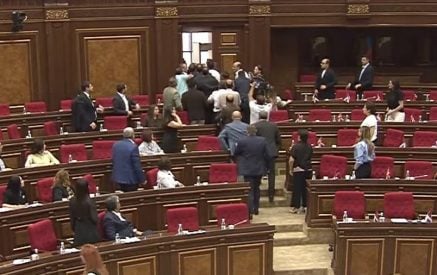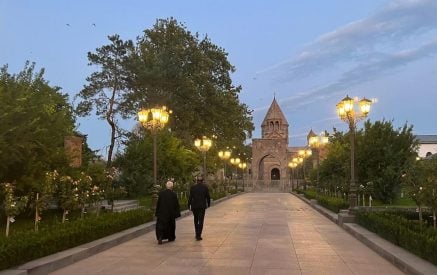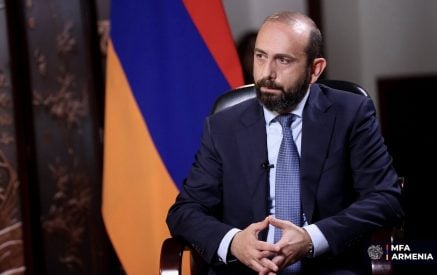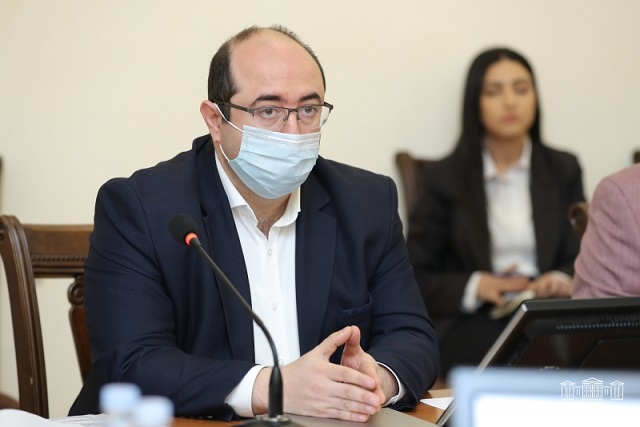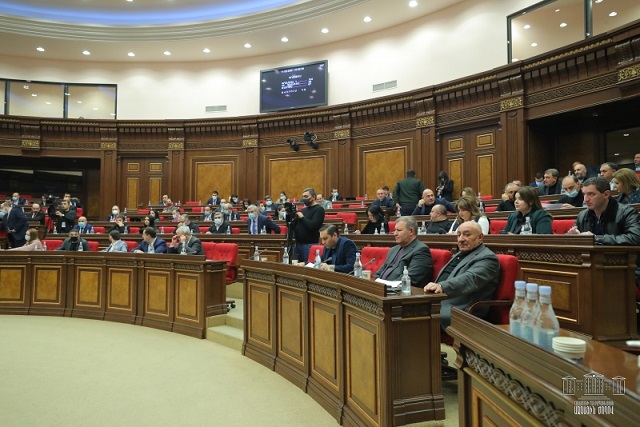On November 6, the Government of Armenia ratified the new loan agreement and thereby increased our foreign debt by 300 million dollars. The loan is provided by the Eurasian Economic Partnership anti-crises fund. The Government members reassured that there is nothing dangerous and we have reached the critical threshold. Deputy Finance Minister Pavel Safaryan assured at the National Assembly that the RA state debt as of the end of 2016 forecasts 5 billion 565 million dollars, of which 86.6% is the foreign debt. The government regularly takes loans for various programs by increasing the burden of the debt for every citizen of Armenia, however, it should be noted that neither our economy registers a proper growth at the expense of these loans and projects, nor the Armenians’ living standards are improved.
As of 1 January 2010, according to data issued by the Statistical Service, Armenia’s foreign debt amounted to 2.9 billion dollars, 3.3 billion dollars in 2011, 3.6 billion dollars in 2012, another 3.6 billion dollars in 2013 and a small increase over 3.8 billion dollars in 2014, 4 billion dollars in 2014, while as of September 2015 – 4.7 billion dollars. According to official data, during the 1st half of 2015, the repayments of the principal amount of the state foreign loan totaled 44.9 million dollars and the payment of the interests – 22.4 million dollars. What will the recent 300 million dollar loan give to an ordinary Armenian citizen? The government again promises that the loans will be aimed at the reforms, one of which is to increase the efficiency of public finance management.
Is it necessary to take a loan for the effective management of public finances? In our country, the effective management of the public finances greatly depends on the political will. Note that all the reports of the Control Chamber state the ineffective costs of the public finances, mainly the cost-effectiveness of the loans. It is unlikely that the recipients of these finances do not know the effective management of finances. Given the periodic recurrence of the same problem, it can be assumed that there is no desire to make tenderhearted costs for they are public money.
The economist and expert for state procurements of the “Transparency International” Anti-corruption Center, Artak Manukyan, in an interview with “Aravot”, says, “It is always necessary to increase the domestic efficiency, and then consider the loans as the last resource. The government never raises the domestic efficiency. For example, mostly discussed recently, the car expenses for the service of the state apparatus. They do not try to optimize them, they do not also try to optimize the costs of the state representation, these are huge numbers. The budget allocates a sum and the same sum is always spent.”
Read also
The economist compares our budget to a bottomless bucket. Manukyan says, by and large, there is a problem to increase the domestic efficiency of the costs. “If, for example, there is a budget deficit, or so to say, the bucket is bottomless, no matter you fill with water, it will flow out. The same is true for the budget, the more they bring loans, the money will flow out. Not to mentioned about that there are so many spheres with corruption risks, let’s say, very inefficient expenditures are made by the state procurements.” The economist illustrates official figures and shows what a huge amount of money flow from the state budget for servicing the loans. According to Manukyan, “The servicing cost of the RA foreign state debt amounted to 266 million dollars (191 million – repayments and 75 million – the interest payments), of which the RA Government’s servicing cost amounted to 162.7 million dollars (70.5 million dollars – the interest payment and 92.2 million dollars – the repayment), while the Central Bank’s – 103.3 million dollars (4.5 million dollars – the interest payments and 98.8 million dollars – the repayment).
Compared to 2013, the preferential loans in 2014 are decreased by 1.2%, now the preferential loans make about 63.2 percent of the total foreign debt.” One of the main directions of the 300 million dollar loan projects is the increase of financial stability in the energy sector, improvement of conditions for doing business, as well as it is envisaged to direct the loan on the elimination of the obstacles for ensuring a higher rate of economic growth. Artak Manukyan says that the government instead of making declarative statements, as mentioned in the loan program, should clearly present the public, let’s say, in one sphere we currently have such a situation, but 5 years later, we will have qualitatively different, a positive snapshot. “Regularly, sums were received from the World Bank for the efficient management of Public finances, but no improvement in the domestic efficiency in the management is observed, and now making an additional financial inflow for the same direction is a luxury.
The loans should be more earmarked, let’s say, the establishment of production with new technologies, job openings. Otherwise, we see that a new facility is opened, they cut the ribbon, but some time later, the business is shut down,” says the economist. As for the elimination of the obstacles for ensuring a higher rate of economic growth stipulated by the loan program, then Manukyan mentions, “The economic growth is substantiated by the casinos, mining industry and agriculture. What obstacles are you talking about? In other words, to eliminate the obstacles of the agricultural growth, how it is possible to affect the weather conditions, or for the mining industry, the prices for copper in the international market are dropped, how should its obstacles be eliminated?”
Nelly BABAYAN,
“Aravot” daily


